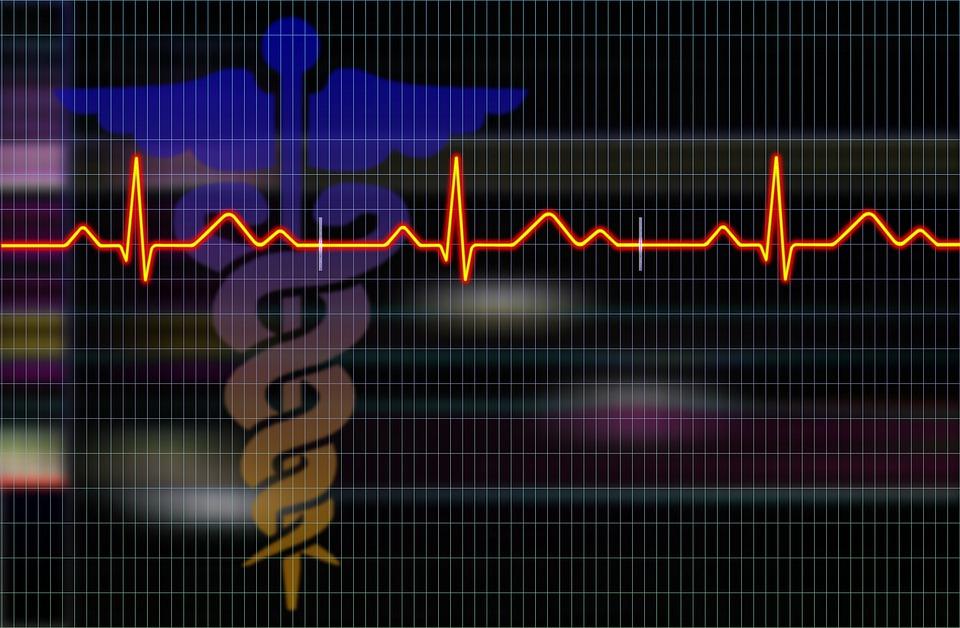Heart Disease is an ailment traditionally believed to target older men, but recent studies are changing the narrative. Heart attack rates in younger women have soared in the last couple of decades, an unexpected and unexplained phenomenon. Researchers funded by the National Heart, Lung, and Blood Institute believe heart disease is disproportionately undertreated in women.
The CDC states that one person in the United States dies every 36 seconds due to heart disease, equating to about 659,000 people annually. It is currently the leading cause of death in men, women, and most ethnic groups.
More specifically, 805,000 people in the United States suffer heart attacks annually. This means a US citizen has a heart attack every 40 seconds, most of which occur silently.
The three most significant risk factors for heart disease are high blood pressure, high blood cholesterol, and smoking. Others include diabetes, obesity, a sedentary lifestyle, and excessive alcohol consumption.
As of 2019, it remained the most significant cause of death on a global scale, affecting almost 18.6 million people. Because the COVID-19 virus disproportionately affects individuals with underlying conditions, experts expect these numbers to climb amid the pandemic.
The Study: Heart Attacks in Women Rising
The Atherosclerosis Risk in Communities Study (ARIC Study), published in the journal Circulation in 2019, took a long look at heart disease trends in a specific area of the United States. Funded by NHLBI, researchers compiled and analyzed data from hospital surveillance of heart attacks in people between ages 35 and 74.
The data examined spanned about 20 years, from 1995-2014, and centered around four communities in Maryland, Minnesota, Mississippi, and North Carolina. The research studied records of over 28,000 people, 30 percent of which were under the age of 54.
The study found that annual hospitalizations of people in the 35-54 age range increased from 27 percent in 1995-1999 to 32 percent between 2010-2014. This means the average hospitalization of both genders increased about 5 percent between this time.
However, the increase is much more apparent when considering the hospitalizations of just female patients. Women in the 35-54 age range accounted for 21 percent of reported heart attacks between 1995-1999 and 31 percent between 2010 and 2014, a ten percent raise.
For comparison, the heart attack percentage increase for young men in the same periods was only three percent.
Explaining this Trend Gets a Little Complicated
Two huge contributors to heart disease and heart attacks are high blood pressure and diabetes, which were present in more women than men patients in this study. Seventy-one percent of the women studied had a history of high blood pressure, and 39 had a history of diabetes. Conversely, 64 percent of the men studied had high blood pressure, and 26 percent had a history of diabetes.
High blood pressure and diabetes both increase an individual's risk of obesity, the third cause of heart attack. With both disease rates higher in young women than young men, it's a given that young women would be at higher risk of heart disease.
Researchers suggest that this gender disparity is likely not due to a difference in lifestyle but lackluster prevention and treatment in women. The study's conclusion explains that young women were less likely to receive invasive strategy intervention or guideline-based AMI therapies than young men with the same condition and symptoms.
Could it be that bias has led to this disparity? The study concludes with an urgent plea to treat heart disease in young women more seriously.
"There is an enduring need for effective preventive strategies to reduce the burden of cardiovascular disease in the young population, especially among young women. Ongoing primordial, primary, and secondary prevention efforts are urgently needed to promote uniform and guideline-based care targeting AMI, associated cardiometabolic comorbidities, and adverse health behaviors in the young population."
The study mentions that a few more factors for heart disease could not be factored into the data. For starters, this 20-year analysis was localized to four specific communities and may not represent the entire nation. Additionally, the use of cocaine and marijuana (a known cause of heart disease) could not be abstracted from medical records and thus not factored into the observed trends.
What You Can Do to Prevent Heart Disease
The CDC states that major risk factors for heart attack are unhealthy blood cholesterol levels, high blood pressure, and diabetes. Managing these three early and effectively can prevent your risk of obesity which only compounds your risk. Consult your doctor annually for a cardiac risk assessment, and manage diet and exercise effectively to reduce risk.
A huge part of avoiding heart disease is assessing and managing risk, which means not assuming you're in the clear because you are young and feel fine. Although heart disease is more common the older you get, it can happen to anyone at any age. It's also important to understand your hereditary risk of heart disease as some families have histories of heart attacks, and some races are more likely to suffer from heart disease.
Know the Signs
Signs of heart attack are known to present more subtly in women. The American Heart Association recommends you call 911 immediately if experiencing any of these symptoms, especially if you are at known risk for heart disease.
1. Uncomfortable pressure, squeezing, fullness, or pain in the center of your chest. It lasts more than a few minutes or goes away and comes back.
2. Pain or discomfort in one or both arms, the back, neck, jaw, or stomach.
3. Shortness of breath with or without chest discomfort.
4. Other signs such as breaking out in a cold sweat, nausea, or lightheadedness.
5. As with men, women's most common heart attack symptom is chest pain or discomfort. But women are somewhat more likely than men to experience some other common symptoms, particularly shortness of breath, nausea/vomiting, and back or jaw pain.
